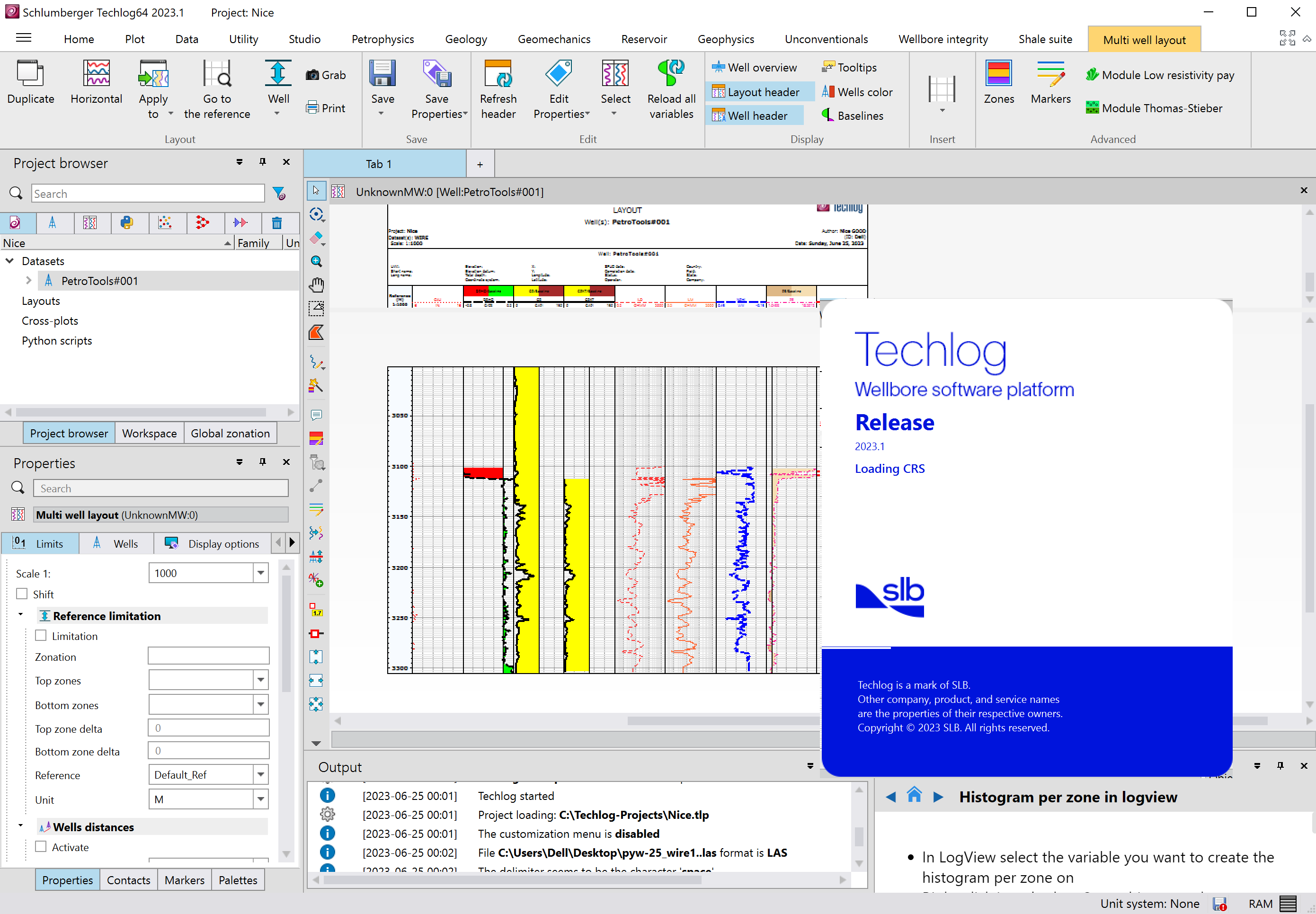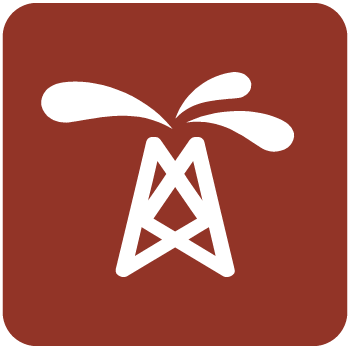ارزیابی پتروفیزیک شلمبرژه | Techlog 2023.1

The Techlog™ 2023.1 wellbore software platform has been continually developed and tested for the past 20 years. The result is a leading wellbore-centric platform that is faster, easier to use, and more reliable. This new release continues our journey toward reliability, extensibility, quality, and a better user experience—delivering important new updates for zonation, Python, the Studio™ E&P knowledge platform, a new technology preview for Pickett plots, and a new feature called Tips and Tricks. On the domain side, we continue to enhance the Techlog Petrophysics 3D modules, improve Quanti.Elan, NMR, thin bed analysis (TBA), and geomechanics, while making important enhancements to the wellbore image.
Key features of Techlog 2023.1:
Zonation UX
Work on user experience improvement continued:
You can now filter global zonation based on the filter in the project browser.
The global zonation selection is not lost when you click an empty space in the dock window.
There have been improvements made to the graphical editing zones of Logview when using the extend option and multiple zonation tracks.
There have been bug fixes to zonation to make it more stable and increase performance.
Pickett plot (new graphical interface technology preview)
Changes in plots continued, with still Pickett plot being used as show case for the new plots interface:
You can use a third variable as a color.
You can click an equation in the plot to hide water saturation (Sw)lines.
Python support
Using the Python API, users can access, manipulate, and get information about the different components of the application workflow interface (AWI) or any Python AWI.
The Python editor now has more coding area available. You can collapse any unused parameter definition, description, and output sections.
Python API to get a list of global zonation.
Several bugs have been fixed that now make python APIs more stable.
Studio
The Studio platform now provides additional features to improve the user experience:
Run validation rules on repository data: A new validate repository data option has been added to the Validation Rules app. When connected to a repository, the icon is available and will run the validation against repository data, with any resulting errors or warnings reported in a table.
Dataset and variable support in repository indexing: repository indexes now include datasets and variables in the search results. This enables a more powerful data discovery workflow across multiple data sources in Studio Manager.
Incremental indexing support: the incremental indexing type option is now supported when defining a scheduled index job. With this selected, indexing will only update for new, updated, or deleted entities.
Fix for merge append conflict resolution: an issue that could cause the merge append conflict resolution to lose attribute resolution information when wells were in different group structures in the project versus the repository has now been fixed.
Petrophysics
Unconventional
You can now compute a consistent set of Kerogen properties from a single estimate of thermal maturity. The main output properties include chemical (C, H) composition, density, hydrogen index, thermal- and epithermal- neutron porosities, macroscopic thermal-neutron capture cross section, macroscopic fast-neutron elastic scattering cross section, and photoelectric factor. The outputs are primarily used as end points in Quanti.Elan.
This new method enables thermal maturity adjusted log interpretation (TMALI) in unconventional reservoirs; and helps to perform more accurate and confident interpretation of porosity, saturation, and hydrocarbon in place in organic-rich shales.
3D Petrophysics
High angle well evaluation—Initialize local layer geometry from dip set: you are now able to initialize local layer model geometry from dips, through an automatic workflow. This expands the local layer model initialization workflow from LWD images to any dip set.
Low angle well evaluation–pixel inversion processing with enhanced resolution (PIPER) upgrades. PIPER now offers the following functionalities:
Support of input variables with suffixes (_EC & _RT)
Filter input variable dip according to classifications
Graphical selection of processing interval
Thin bed analysis
LowReP develop end points method—updated hydrocarbon correction logic for density-GR plot: hydrocarbon correction is now applied to density for the input points located at the left side of sand-dispersed shale line in density-gamma ray cross plot.
Geomechanics
Calibration points
To enable support of breakout width and breakout orientation calibration points that are consumed by the stress inversion workflow, you can now incorporate breakout observations from borehole images in the calibration of the microelectromechanical system (MEM ).
Stress inversion
Perform inversion of tectonic strains that honor observations like closure pressure, breakdown pressure, breakout width, among others. You can interact with the posterior plot and trigger the calculation of the wellbore stability to verify how the selected solution looks in context with the observations.
Stochastic wellbore stability
You can now use synthetic caliper as an output of the wellbore stability calculation to visualize where the collapse would allocate for a given mud weight as an input.
This supports uncertainty definition of anisotropic elastic variables.
تیم PetroTools آخرین نسخه این نرم افزار را برای شما ارائه می دهد. جهت تهیه نرم افزار با استفاده از منوی خرید با ما در تماس باشید
For buy software, Please contact us via buy menu



 O-Sense
O-Sense
